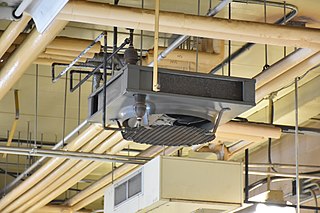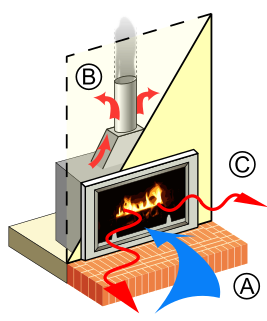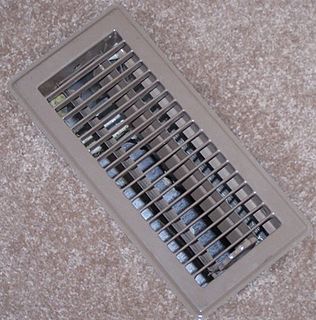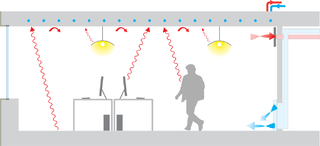A chiller boiler system includes a chiller, a boiler, pumps and HVAC controls in a single pre-engineered package. This reduces complexity for the field installer and increases the simplicity of installation overall. Most chiller boiler packaged systems are designed for large residential and small commercial structures.

A chiller is a machine that removes heat from a liquid via a vapor-compression or absorption refrigeration cycle. This liquid can then be circulated through a heat exchanger to cool equipment, or another process stream. As a necessary by-product, refrigeration creates waste heat that must be exhausted to ambience, or for greater efficiency, recovered for heating purposes.

A boiler is a closed vessel in which fluid is heated. The fluid does not necessarily boil. The heated or vaporized fluid exits the boiler for use in various processes or heating applications, including water heating, central heating, boiler-based power generation, cooking, and sanitation.

Centrifugal pumps are a sub-class of dynamic axisymmetric work-absorbing turbomachinery. Centrifugal pumps are used to transport fluids by the conversion of rotational kinetic energy to the hydrodynamic energy of the fluid flow. The rotational energy typically comes from an engine or electric motor. The fluid enters the pump impeller along or near to the rotating axis and is accelerated by the impeller, flowing radially outward into a diffuser or volute chamber (casing), from where it exits.
A chiller boiler system is a hydronic system. It uses water instead of air to heat and cool a structure. A properly designed hydronic system is usually more efficient than a standard forced air system. [1]

Hydronics is the use of a liquid heat-transfer medium in heating and cooling systems. The working fluid is typically water, glycol, or mineral oil. Some of the oldest and most common examples are steam and hot-water radiators. Historically, in large-scale commercial buildings such as high-rise and campus facilities, a hydronic system may include both a chilled and a heated water loop, to provide for both heating and air conditioning. Chillers and cooling towers are used either separately or together as means to provide water cooling, while boilers heat water. A recent innovation is the chiller boiler system, which provides an efficient form of HVAC for homes and smaller commercial spaces.
Chiller boiler systems use radiant heating and cooling or fan coil systems to condition a home or business. This allows for multiple zones (a thermostat in each living area of the house) for increased comfort and decreased energy use.

Radiant heating is a technology for heating indoor and outdoor areas. Heating by radiant energy is observed every day, the warmth of the sunshine being the most commonly observed example. Radiant heating as a technology is more narrowly defined. It is the method of intentionally using the principles of radiant heat to transfer radiant energy from an emitting heat source to an object. Designs with radiant heating are seen as replacements for conventional convection heating as well as a way of supplying confined outdoor heating.

A fan coil unit (FCU) is a simple device consisting of a heating and/or cooling heat exchanger or 'coil' and fan. It is part of an HVAC system found in residential, commercial, and industrial buildings. A fan coil unit is a diverse device sometimes using ductwork, and is used to control the temperature in the space where it is installed, or serve multiple spaces. It is controlled either by a manual on/off switch or by a thermostat, which controls the throughput of water to the heat exchanger using a control valve and/or the fan speed.
Compared with air, water is a more space-efficient method of transferring heat around, into, and out of a building. A pipe of a given diameter can transfer heat at the same rate as an air duct with eighteen times the cross-section area and is much easier to install in small spaces.









